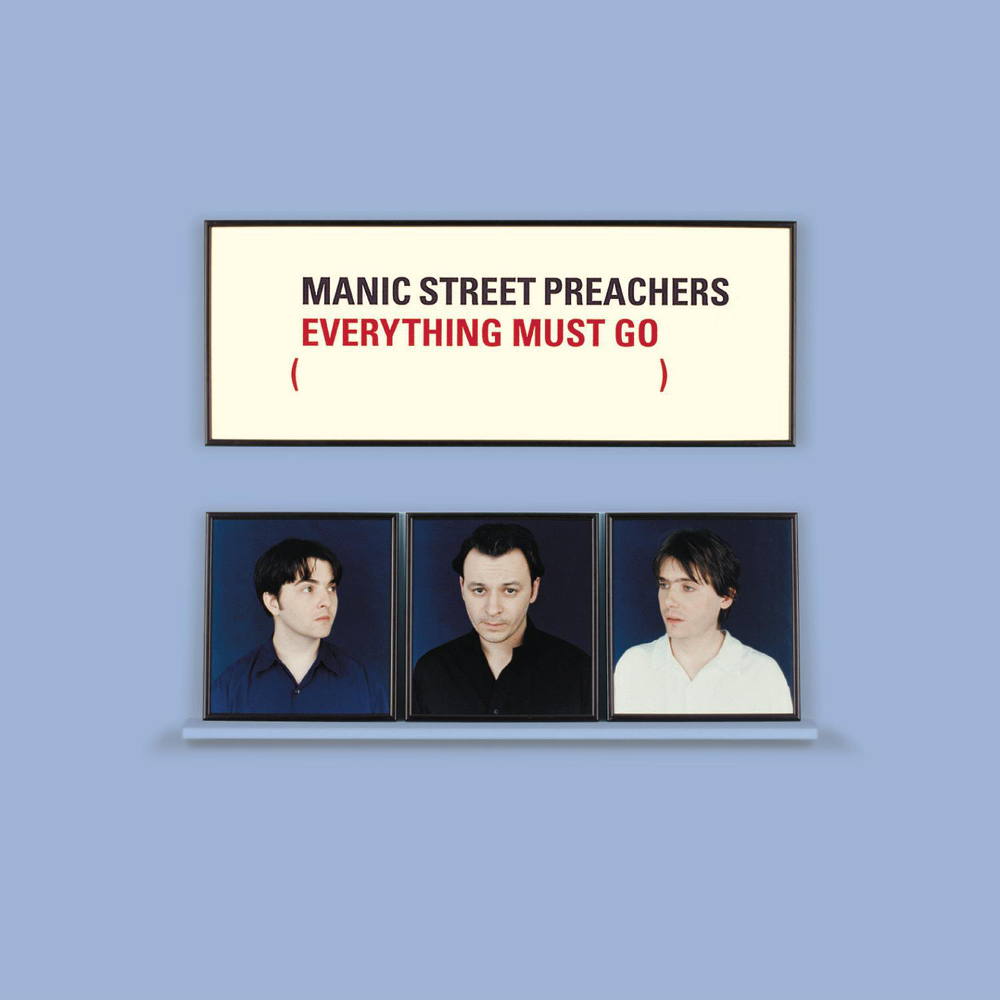Sometimes you hear a song in your youth for the first time and you realise that it will go on to define your generation. You don’t even have to like the act in question, but there’s no mistaking that this song will continue to matter to you and your peers in a way that few do. With its generation-defining opening line and genuinely anthem feel, “A Design for Life” ensured that Manic Street Preachers would become a band that mattered to my generation the way that very few bands do. Prior to the single crashing into the charts in April 1996, The Manics had been a cult band with a devoted following. After it became their crossover hit, battle lines were drawn by long-term fans of the band. If you’d got into them prior to them ‘selling out’, you were a ‘real’ Manics fan. If you’d only discovered them due to their big hit, well you were going to fall by the wayside just like everyone else that wasn’t ‘real’ enough. Besides, they apparently weren’t really The Manics since Richey Edwards disappeared.
Whatever the case, the album that “A Design for Life” heralded the arrival of, Everything Must Go, was considerably more commercial and given the type of production polish that would have just sounded out of place on the preceding Holy Bible. This was The Manics aiming for commercial radio play lists and scoring a bullseye. They no longer counted just the dispossessed, angst fuelled and social misfits among their fans, hell they were now being joined by Indie kids, housewives and Mondeo Man too.
Like it or not, the Manic Street Preachers simply became a band with broader appeal after Edwards disappeared. Maybe it was the need to close ranks and become more insular in the face of intense media scrutiny, maybe it was the fact that their previous album, the utterly morbid The Holy Bible was less a commercial recorded release and more of an art project, or maybe it was just the fact that they could no longer rely on Edwards for angst-fuelled lyrics and instead fellow songwriter Nicky Wire was chief writer.
Everything Must Go spawned four big hit singles, but its real strength lie in the fact that, unlike so many British guitar albums of the mid-90s, it has aged well and has continued to endure. The album itself is a pleasing whole, with a reassuring depth and sense of quality about it. As anthemic as “A Design for Life” was, it didn’t overshadow the rest of the album, intact the majority of songs on the album could conceivably have been hit singles. The power trio format brought the best out of the songs, and James Dean Bradfield’s impassioned voice was a righteous mix of anger and experience, yet just enough youth to not alienate the pop-single market.
Of course, this broadening of their appeal meant that many of their long term fans cried foul and accused the band of selling out, or even cashing in on the disappearance of Edwards. At the end of the day though, The Manics were simply continuing with their career as best they could and reaping the benefits of being a much closer musical unit and no longer having to make compromises for the more erratic behaviour which marked out Edwards for the misunderstood genius he so obviously was, while still ensuring that royalty payments that would be due to him were put into a high-yield savings account should he ever return to them – nice touch. As such Everything Must Go was unarguably their most satisfying album to date, with the biggest commercial hits to date.
Everything Must Go became a landmark album of the era, not just of The Manics’ career. By slipstreaming in the commercial wake of Britpop, while still remaining a completely separate entity, they managed to sneak their intelligent songs into the singles charts, trojan-horse style, and thereby laid the foundations for the next twenty years of their career as a band that truly mattered to not only their rabidly devoted first wave of fans, but those who discovered The Manics by way of their commercial hit singles, and worked their way through their back-catalogue.
As I said earlier in this article, Everything Must Go has aged far better than the majority of albums from the mid-90s, resulting in it being repackaged and re-issued a number of times since. It’s the original dozen tracks in just over three quarters of an hour that everyone keeps going back to, as The Manics were one of the few UK bands of the time with anything vaguely intelligent to say and the fact that they celebrated intelligence while the likes of Oasis were busy declaring war on anyone with a three figure IQ certainly didn’t hurt. As the powers that be seem hell bent on closing those libraries that gave us power, maybe it’s time to go back and listen to Everything Must Go all over again, and for my generation to stand up against such short-sightedness.














[…] Internet review: “Everything Must Go spawned four big hit singles, but its real strength lies in the fact that, unlike so many British guitar albums of the mid-90s, it has aged well and has continued to endure. The album itself is a pleasing whole, with a reassuring depth and sense of quality about it. As anthemic as “A Design for Life” was, it didn’t overshadow the rest of the album, intact the majority of songs on the album could conceivably have been hit singles.” (taken from Backseat Mafia) […]